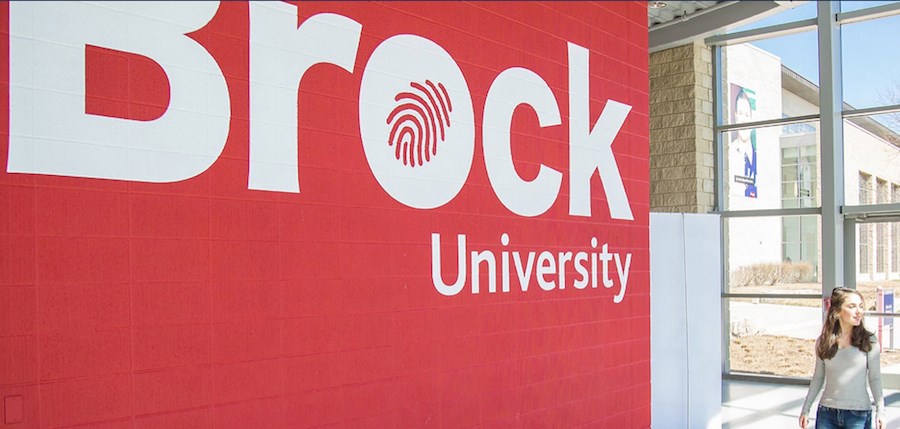NEWS RELEASE
BROCK UNIVERSITY
************************
With Oct. 17 marking the sixth anniversary of Canada’s legalization of recreational cannabis, a Brock researcher says it’s time to examine how the process has impacted the medical cannabis market.
Associate Professor of Operations Research Michael Armstrong’s new study shows that while the shift to nationwide legalization was accompanied by fewer patients in the medical market — access to recreational cannabis hasn’t made the program obsolete.
“Overall, many patients did leave Canada’s medical cannabis system around the time of legalization, but that decline may not have been all bad news. It might partly have represented a ‘right-sizing’ of the system, with some people exiting who maybe shouldn’t have been there in the first place,” Armstrong says. “The data also shows patients who remained in the medical system stabilized their purchasing rates and increased their purchase sizes, suggesting there is still a legitimate appetite for a medical cannabis system.”
In the newly published Associations between Canada’s recreational cannabis legalization and medical cannabis patient activity 2017-2022, Armstrong examined Health Canada data regarding how many patients registered to use medicinal cannabis, how often they purchased and how much they bought per order.
He then looked for behavioural patterns coinciding with the passage of the Cannabis Act in June 2018; the launch of recreational sales in October 2018; and the arrival of edibles and other processed products in stores in December 2019.
While patient registrations had been increasing prior to legalization, the study showed the number of Canadians seeking medical cannabis licenses from Health Canada began changing in July 2018, right after the law was passed and months before it took effect.
Alberta saw the sharpest decline in registrations in the country when the Act passed. In Ontario, by contrast, registration rates merely slowed down around that time, gradually “levelling-off” later, Armstrong says.
The study also showed there was little change to registrations or purchase sizes after cannabis stores first opened and sales officially began in October 2018. Medical purchase frequencies, however, did decline. Armstrong says this may have been due to retail stores offering the same product as medical suppliers at first, providing additional access to the product but no real incentive to leave the system entirely.
Perhaps the biggest change in patient behaviour came when cannabis offerings expanded to include products like edibles, beverages and vapes. Registration numbers also fell during this time, but the frequency of purchases stabilized, and the amount purchased per order grew.
“It seems the remaining patients became more active after these products became available in late 2019,” says Armstrong. “Producers with a good selection of edibles may have started getting larger orders, while other producers lost their patients to the recreational market and its wider selection.”
As for what the future holds, Armstrong doesn’t anticipate major fluctuations in these trends for the foreseeable future, unless the government were to make changes to the pricing structure or accessibility of medicinal cannabis.
“If the excise tax or sales tax on medical cannabis was removed, that could potentially make it cheaper and more attractive than recreational cannabis,” he says. “If medical cannabis was available from the local drugstore — which also gives the buyer access to a pharmacist and some medical guidance — that could also lead to increased interest in the medical route.”
Canada’s long history with medical cannabis and being a “leader” in cannabis legalization also makes it well-equipped to serve as a model to other countries on what to expect as they navigate the legalization process, Armstrong says.
“Simply put, the message would be that you should expect big changes to your medical market after legalization, but you shouldn't expect it to suddenly disappear, and that partly depends on variables like the product selections you have and how competitive the two systems are,” he says.
************************



